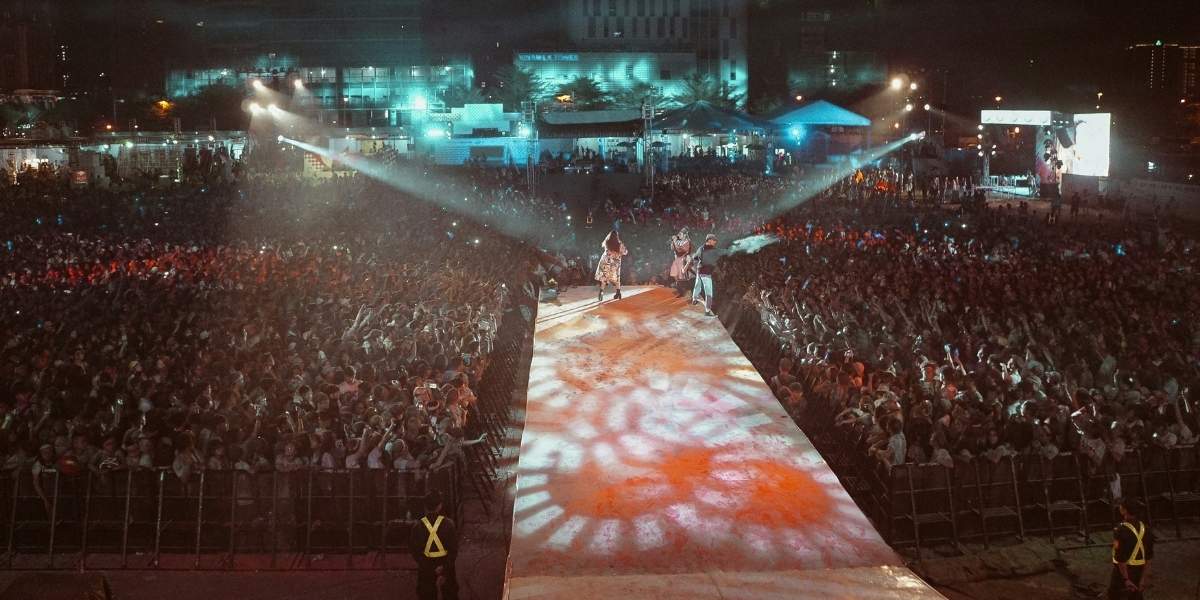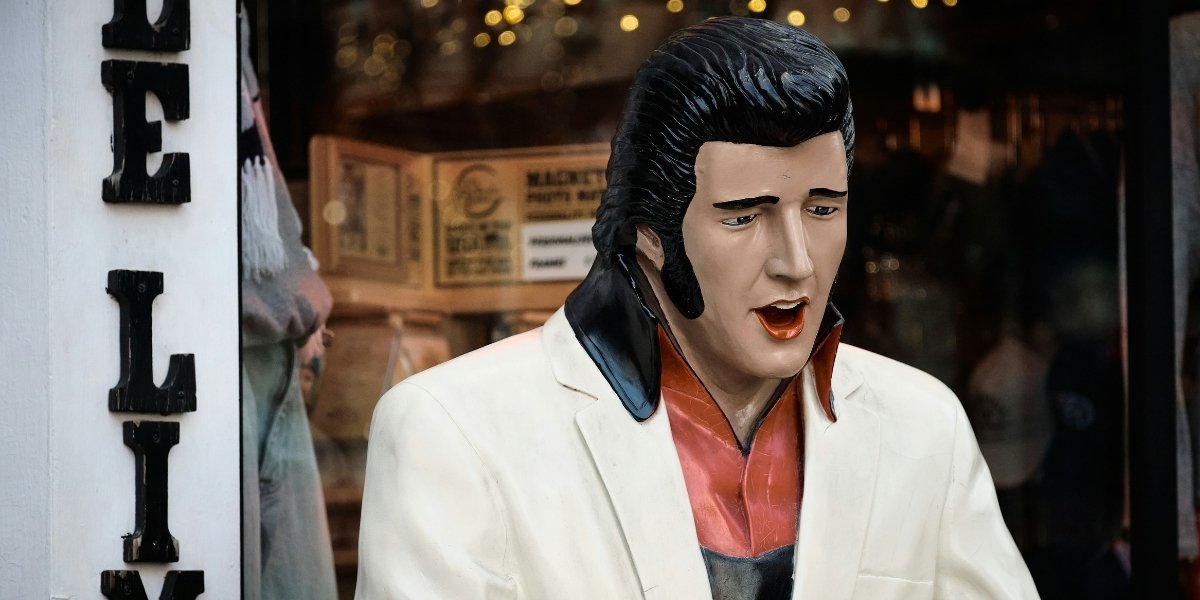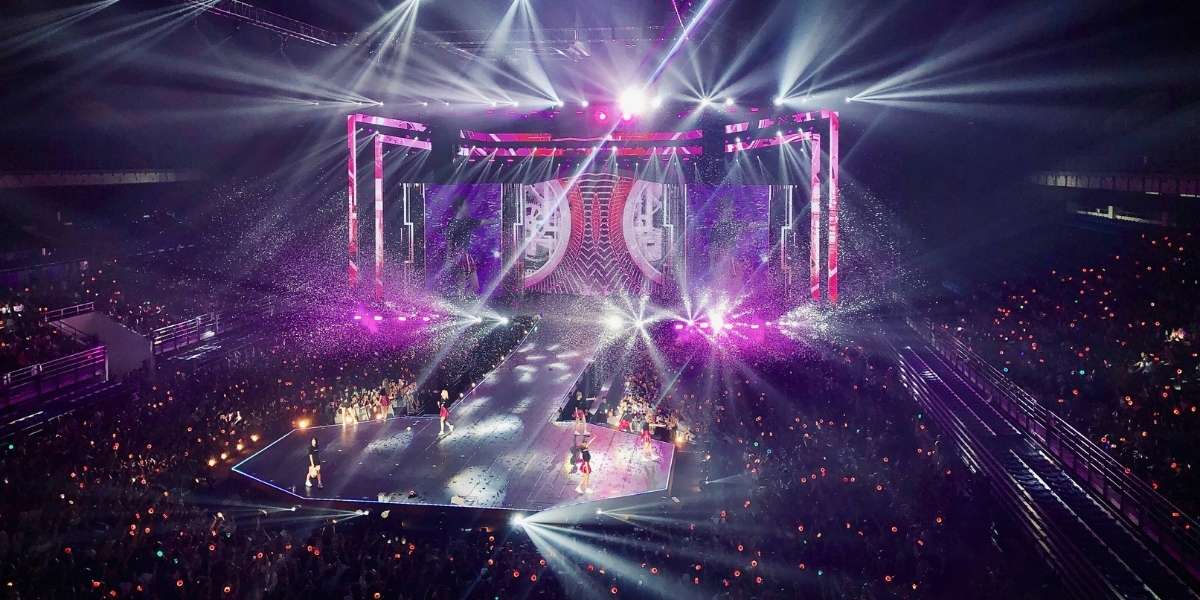Are Expensive Concerts Worth the Ticket Price?
Why Do People Pay Premium Prices for Concerts?
Concerts have become a cultural experience beyond just music. For some, attending an expensive concert is an investment in a memory, an escape, or a once-in-a-lifetime opportunity. But as ticket prices soar, many are left asking: Are these experiences really worth the cost?
The demand for live music is higher than ever. As artists sell out arenas, the tickets follow suit, becoming more exclusive and expensive. For some, the high price tag is justified by the unique energy of a live show and the emotional connection it creates. For others, the growing price may seem excessive. But the factors driving these price hikes go beyond the performance itself.
Read Also: How Reggae Shaped Global Music Culture
What Factors Contribute to the High Cost of Concert Tickets?
When looking at expensive concerts, several key factors contribute to their steep prices. Venues, production costs, and artist popularity all play major roles. High-profile artists, especially those with global followings, demand larger venues, higher security, and better production value—leading to bigger ticket prices.
Venue sizes and the overall capacity of arenas or stadiums influence prices. Larger venues might allow for more tickets to be sold, but they also come with higher operational costs, from security to stage setups, and those costs get passed on to ticket buyers.
Additionally, rising artist fees are a major contributing factor. Top-tier performers often negotiate larger cuts from ticket sales. These artists often demand elaborate stage setups, pyrotechnics, and special effects, which significantly increase production budgets. The result: higher ticket prices.
Do Expensive Concerts Offer a Better Experience?
The experience of attending a live concert is often described as incomparable to listening to music through headphones or speakers. When you step into a venue, there’s a palpable energy in the air, as fans unite under one roof to celebrate their favorite artists. For some, this atmosphere justifies the higher ticket price.
VIP tickets often promise an elevated experience, including premium seating, exclusive access, and meet-and-greet opportunities. The extra cost could be worth it for fans seeking a more intimate and personalized connection with the artist. For others, the standard general admission or seating might be all they need for an enjoyable night out.
The question arises, though: does a more expensive ticket always lead to a better experience? Not necessarily. Some fans have walked away from high-priced concerts feeling underwhelmed, citing overcrowding, long wait times, and less-than-ideal acoustics. Ultimately, the true value of an expensive concert depends on the personal expectations and preferences of the attendee.
How Does Artist Popularity Influence Ticket Prices?
When it comes to expensive concerts, artist popularity is one of the most influential factors in ticket pricing. Superstars like Beyoncé, Taylor Swift, and Ed Sheeran consistently sell out arenas, and their tickets can be priced in the hundreds or even thousands of dollars.
The more in-demand the artist, the higher the cost of admission. For fans, attending one of these concerts may be a dream come true, and they’re willing to pay top dollar for the chance. The anticipation of being part of a historic event adds value to the experience.
However, the downside is that these shows often come with inflated prices, which can feel exclusionary. With tickets so expensive, many fans may find themselves priced out, questioning whether the cost is truly worth it.
Is the High Price Tag Justified by Production Value?
Production plays a huge part in the pricing of expensive concerts. Large-scale shows often feature jaw-dropping light displays, elaborate sets, and top-tier sound engineering. For certain artists, these visual and auditory experiences are just as important as the music itself.
Take the example of a music festival or a pop concert with an immersive stage design. These shows are engineered to transport audiences into a different world, combining art, technology, and performance. However, these ambitious productions come at a steep price, which is reflected in the ticket prices.
For fans who value the spectacle, the production value can make the experience worth the cost. For others, a more intimate performance with less emphasis on showmanship may be preferred, and thus they may feel that the price is not justified.
Are There Alternatives to Expensive Concerts for Music Lovers?
For those questioning whether expensive concerts are worth it, there are plenty of alternatives. Smaller venues, local performances, and more intimate shows can provide a satisfying concert experience at a fraction of the price. These events offer a chance to see talented artists up close, without the inflated costs of massive productions.
Additionally, streaming services and digital concert experiences have grown in popularity. While nothing compares to the thrill of a live show, virtual concerts and live streams offer a more affordable way to enjoy live music from the comfort of home. For some, these experiences provide a worthwhile alternative.
Read Also: Understanding How Streaming Platforms Support Artist Revenue
What Makes Concerts Truly Worth the Money?
Ultimately, whether an expensive concert is worth the ticket price depends on individual perspective. For those who crave the excitement, the music, and the camaraderie of a live audience, it may be a worthwhile investment. For others, the cost may not align with the personal value they place on the experience.
It comes down to more than just price. The emotional connection, the memories made, and the thrill of being part of something bigger than oneself can elevate the concert experience, making it worth the expense. However, for many music lovers, the high price tag may continue to raise questions about accessibility and the true value of live events.












